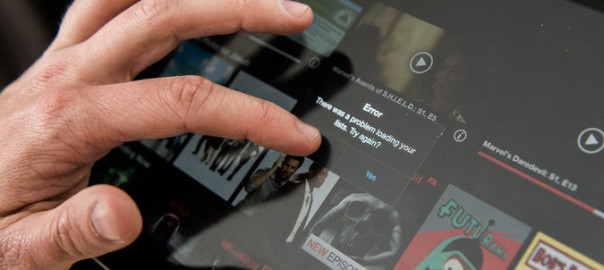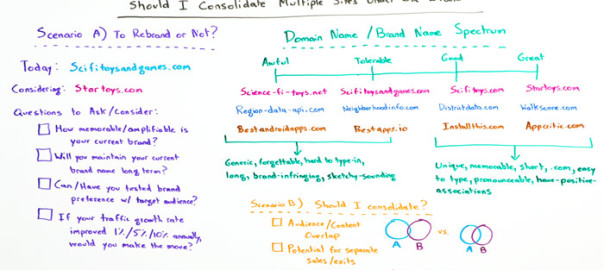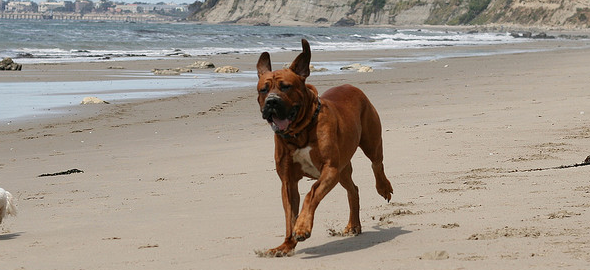And we won’t even go into the difficulties a new graduate, or someone who’s switched careers at any age will experience [This will be definitely be another post, as I’ve experienced both firsthand]. Again, time, honesty and reliability will win out. I cannot stress enough the reliability part. I am regularly surprised by how hard it is to find reliable folks to help with a project in a freelance/consultant (or even salaried) capacity.
That said, I will repost the article that started this thought below, with links to the original article on Harvard Business Review. Enjoy!
Get People to Listen to You When You’re Not Seen as an Expert

One of the most powerful forms of influence, according to psychologist Robert Cialdini’s famous analysis, is authority — often derived from perceived expertise. When a doctor advises us to exercise more, or a Nobel Laureate raises questions about a certain economic policy, we’re likely to pay much more attention than if a random person offered the same counsel. In our professional lives, this principle can be a boon: if you have a Ph.D. in a subject, or have worked in the industry for 20 years, or are seen to be an expert because you write for a certain publication, you have an increased ability to influence others.
But what if you don’t have those credentials? As I describe in my new bookStand Out, when you’re just starting out in a field, or lack blue-chip affiliations, it may be hard to persuade others to listen to your ideas, even if they’re groundbreaking and valuable. Here are four strategies to help you overcome your perceived lack of expertise and ensure you can make an impact.
The first step, if you aren’t yet seen as an expert in your own right, is to borrow others’ expertise. If you’re a thoughtful curator of the best ideas in your field, even if you’re not developing them yourself, others will start turning to you for guidance. “Originality can be overrated,” says Des Dearlove, co-founder of Thinkers50. He cited Malcolm Gladwell and Daniel Goleman (of Emotional Intelligence fame) as examples of thought leaders who are actually “synthesizers” of information. Says Dearlove, “These guys bring communication skills and an ability to bring complex ideas and make something out of them, but it’s not their [original] research.”
YOU AND YOUR TEAM
-
Persuasion You need influence to succeed.
Another strategy to gain more influence for your ideas is finding commonality with your audience, a technique that makes them far more receptive to hearing from you. In Stand Out, I profile Robbie Kellman Baxter, a consultant who earned her MBA from Stanford and, as an active alumni volunteer, now derives more than half of her business from her fellow graduates. “The reason it’s good for your business is that you’re able to form genuine relationships with like-minded people very quickly, and to me, that’s the definition of good networking,” she says. “There’s a kind of trust: I know what you went through because I went through it, too.”
It’s also important to be strategic about how and where you’re applying your persuasion techniques. In my previous career as a presidential campaign spokesperson, we frequently created powermaps, which identified who the relevant decision maker was on an issue, who she listened to for advice, and how close we were to those advisers. The goal was to create an “echo chamber” effect, in which – even if we couldn’t reach the target directly – we could ensure she would hear about our position favorably from a variety of sources. Powermapping is a highly targeted form of influence that can enable you to bypass objections about your own level of expertise on the subject.
Finally, the best antidote if you’re lacking an expert reputation now is to start creating one ASAP. Creating original content is the single most effective way to develop an expert reputation. Though the best channel will vary (photographers and chefs should double down on Instagram, while it’s less helpful for attorneys and insurance brokers), blogging is a good bet for most professionals. In just an hour or two a week, you can begin to demonstrate how you think about the issues facing your field and sharing your unique point of view. Your content creation sparks a virtuous circle: because reporters looking for comment almost always start their articles with an online search, if your name keeps coming up as someone writing about the issues, they’re likely to contact you, reinforcing your expert reputation with third-party validation.
If you’re not yet considered an expert, it’s harder to get your ideas noticed — but not impossible. With these strategies, you can begin to overcome others’ resistance and make sure your voice is heard.
Here is the original post: Get People to Listen to You When You’re Not Seen as an Expert






